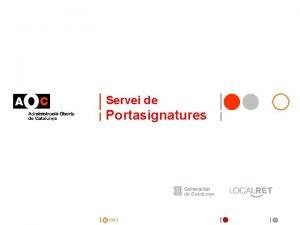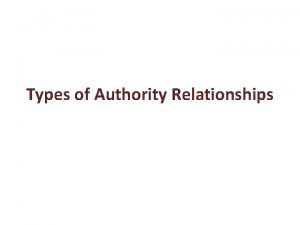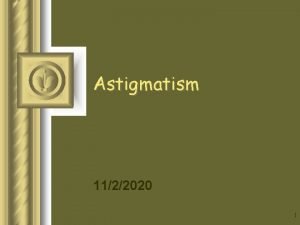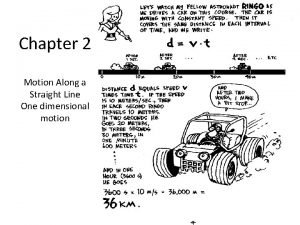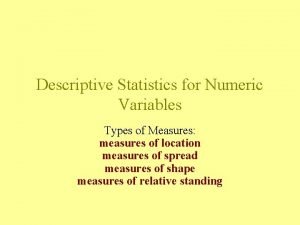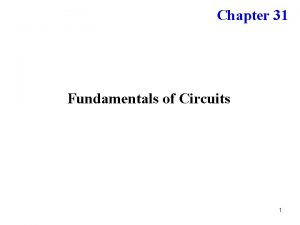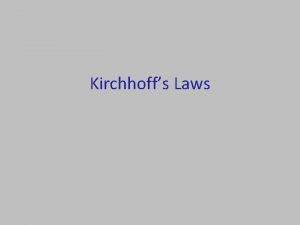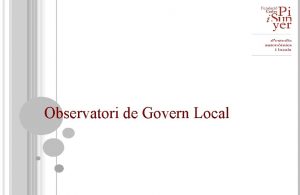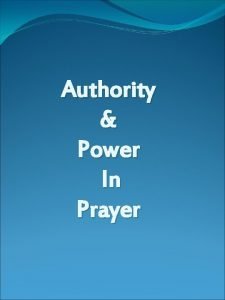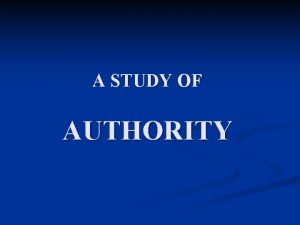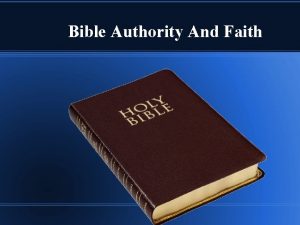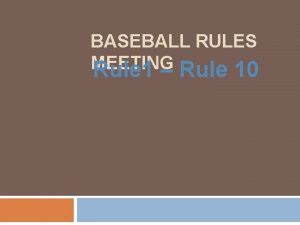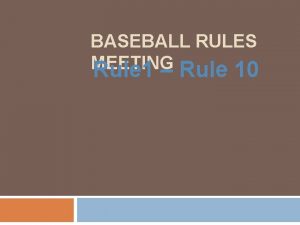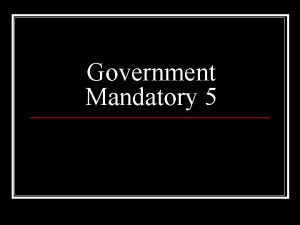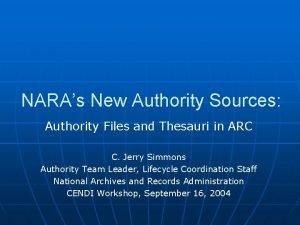Government Government Govern to rule with authority Government















- Slides: 15

Government

Government �Govern – to rule with authority. Government refers to a group of people who have the authority to: �Set goals and make policies for the good of the country. �Make laws and regulations defining how people are to go about achieving these goals. �Enforce compliance with the laws and regulations.

Government Terms to learn � Government – � Political party� Constituency – � Candidate – � Electorate – � Voter’s list – � Floating voter – � Representative – � Suffrage � Adult suffrage – � Franchise – � Manifesto – � Ballot � Hung parliament – � Government of national unity – � Coalition government � Commonwealth -

Styles of governing � 1. Democratic – a system of government which allows citizens to govern themselves by either participating in the decision-making process directly as a member of the Legislature and/or indirectly by choosing their representatives. �It is called government by the people and for the people. �Commonwealth Caribbean countries practice this system of government.

Styles of governing � 2. Authoritarian – a system of government in which political decisions are made by an individual or a small group within the government without the knowledge or consent of the other members of government or the citizens. Authoritarian forms of government include: �Oligarchy (rule be a small group or elite); �Dictatorship (a group or individual who is above the law and who controls the political party, army and police); �Totalitarianism – a system formed by one political group which does not tolerate opposition.

Electoral Systems There are 2 main electoral systems used in the Commonwealth Caribbean: 1. The first past the post system – here countries are divided into constituencies and each political party contesting the elections can nominate a candidate for each constituency. � The candidate who gains the most number of votes in a constituency wins the election in that constituency. � The party winning the most number of constituencies wins the general election and forms the government. � The Prime Minister is chosen from the party winning the most number of seats. � The leader of the opposition is selected from the party winning the second highest number of seats. This system is used in all commonwealth countries except Guyana.

Electoral Systems 2. The proportional representation system - a system in which each party is awarded a number of seats based on the proportion of votes which it gains in the election. � The entire country is treated as a whole constituency. � Political parties prepare a list of candidates based on the number of seats in parliament. � The public is made aware of the list and they vote for a party, not a candidate. � The names of candidates are listed in order of preference by the party leader ( e. g. the first 20% of candidates will sit in parliament if the party wins 20% of votes). � 20 seats in Guyana parliament � pnm 60% votes – 60% of 20 seats= (12 seats) 60/100 x 20 � Unc 40% votes – 40% of 20 seats = 8 seats

Advantages of electoral systems First past the post �Guarantees that the candidate with the highest number of votes wins the seat. �Greater accountability - a Member of Parliament is responsible to the constituency they represent – this can encourage him/her to be accountable to the constituents. �Constituencies can appeal directly to their representatives for services in their community. Source: Buckle-Scott, Davis-Morrision. Jaimungalsingh, Lunt, 2013

Disadvantages of electoral systems First past the post � Constituencies which elect members in opposition may feel under-represented. They may be neglected or victimized by the government. � The party forming the government may not necessarily be the one with the highest total number of votes, since they only need to have the highest number of the seats (e. g. in T&T). � It allows for gerrymandering. � Independent candidates who are not from a political party struggles to gain votes. � People may feel that their vote is ‘wasted’ and may be demotivated to vote. Source: Buckle-Scott, Davis-Morrision. Jaimungalsingh, Lunt, 2013

Advantages of electoral systems Proportional Representation �Provides for fairer representation of minority political parties. �Eliminates gerrymandering �Each party is allocated seats in proportion to the votes it receives. �Voters may not feel that their vote is ‘wasted’ as with first pat the post system, and so may be more motivated to vote. Source: Buckle-Scott, Davis-Morrision. Jaimungalsingh, Lunt, 2013.

Term to note Gerrymandering - the practice of drawing the boundaries of electoral districts in a way that gives one political party an unfair advantage over its rivals (political or partisan gerrymandering) or that dilutes the voting power of members of ethnic or linguistic minority groups (racial gerrymandering). Source: https: //www. britannica. com

Disdvantages of electoral systems Proportional Representation �Can encourage too many parties. �Coalition governments may be required more often , in situations where no one party wins an overall majority. �The relationship between voters and parliamentarians is weakened if the parliamentarian is representing the country and not a local constituency. �The party leader has a lot of power when compiling or approving the list of preferred candidates. Source: Buckle-Scott, Davis-Morrision. Jaimungalsingh, Lunt, 2013.

Past paper q � Political parties usually present a manifesto during the run-up to a general election and citizens are encouraged to exercise their franchise on the day of the election. (a) (i) Define the term ‘franchise’. (2 marks) (ii) State TWO reasons why a political party presents a manifesto as part of activities for a general election. (2 marks) � (b) Describe TWO ways in which the media can influence voters to exercise their franchise. (4 marks) � (c) (i) Suggest, giving full details, THREE strategies, apart from presenting a manifesto, a governing party may use to appeal to voters in a general election. (6 marks) � (ii) Explain fully why EACH strategy suggested in (c) (i) is likely to be successful. (6 marks)

How Political parties prepare for elections �Select Candidates �Raise funds for campaigning �Identify the important issues to be dealt with �Monitor the party in power/opposition �Publish manifesto (document describing the vision the party has for the country) �Campaign �Commission public opinion polls �Monitor the electoral process See page 168 text

�Question: what would determine if you turn out to vote or not? �Campaign issues �Candidate �Voter attitude toward the government �Loyalty to a political party �Voter apathy �Education level �Age �Income level, etc.
 Portasignatures
Portasignatures The principle of design that indicates movement
The principle of design that indicates movement Probability laws govern mendelian inheritance
Probability laws govern mendelian inheritance What is a line authority
What is a line authority Federal authority for government human resources
Federal authority for government human resources Astigmatisml
Astigmatisml Cose rule
Cose rule Chain rule power rule
Chain rule power rule Home rule vs dillon's rule
Home rule vs dillon's rule Chain rule vs product rule
Chain rule vs product rule Against the rule astigmatism
Against the rule astigmatism Sine rule and cosine rule
Sine rule and cosine rule Tukey's rule vs empirical rule
Tukey's rule vs empirical rule Kirchhoff's loop rule
Kirchhoff's loop rule General power rule vs power rule
General power rule vs power rule Kirchhoff's junction rule
Kirchhoff's junction rule
